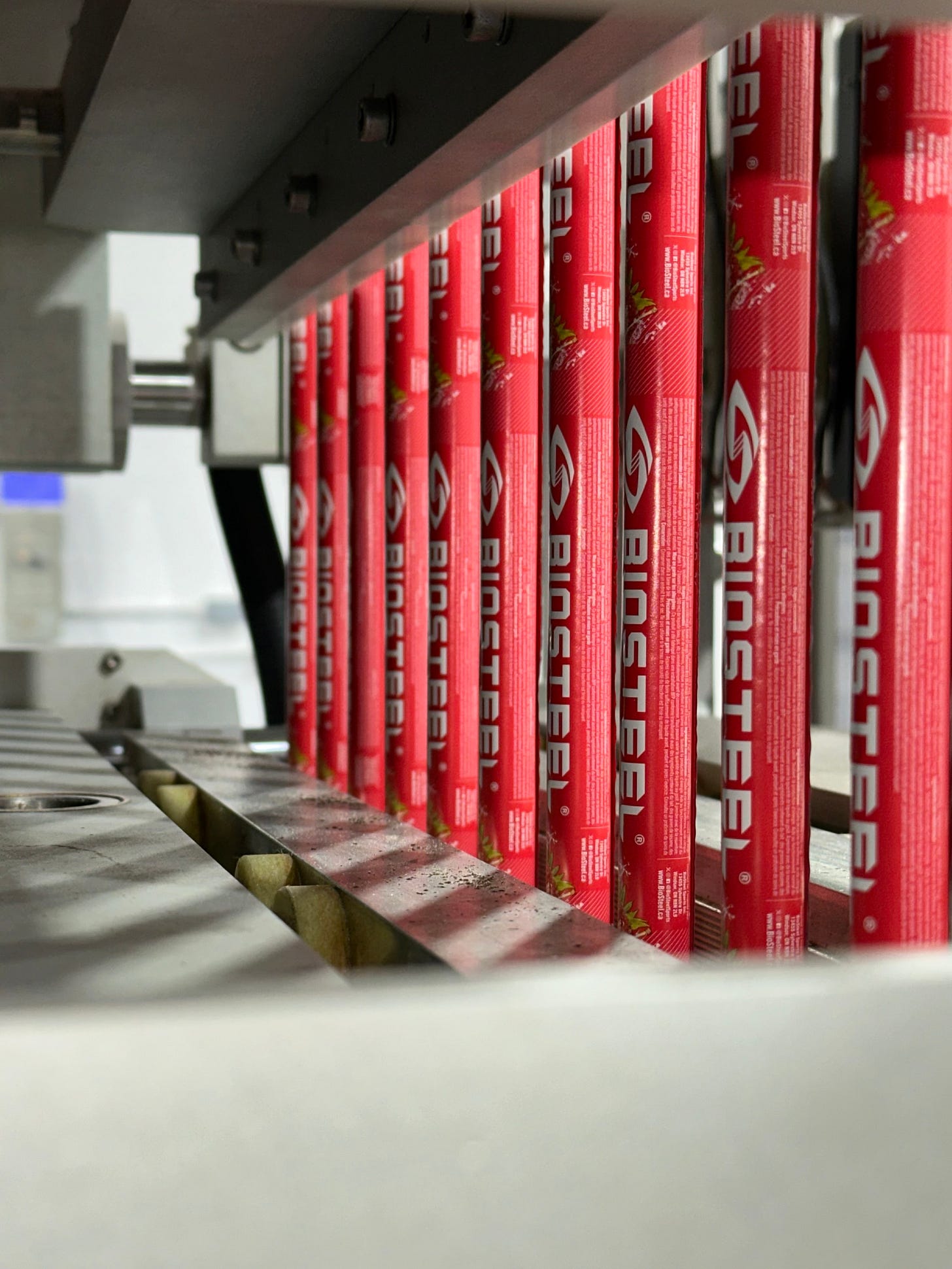Outsourcing vs. In-House Manufacturing: What’s the Right Move?
When it comes to building a product-based business, one of the biggest decisions you’ll make is whether to outsource your manufacturing or bring it in-house. I’ve done both—so here’s the real talk on the tradeoffs:
Outsourcing Manufacturing
You partner with a third-party facility—often overseas—to make your product.
Pros:
- Lower startup costs
- Faster to launch
- Scalable without massive infrastructure
- Access to specialized equipment or processes
Cons:
- Less control over quality
- Communication lags and time zone delays
- Higher risk of supply chain disruptions
- Margins often get squeezed over time
In-House Manufacturing
You own the equipment, facility, and the process from start to finish.
Pros:
- Total control over quality and timelines
- Easier to innovate and pivot quickly
- Builds long-term brand value and trust
- Can improve margins once scale is achieved
Cons:
- High upfront costs (equipment, space, staffing)
- Slower to scale early on
- You carry all the risk—downtime, maintenance, hiring
Why I Chose In-House:
For me, owning the process has been a game changer. Yes, it’s harder. Yes, it costs more at the start. But long-term, it allows me to ensure the quality, consistency, and innovation needed to build world-class brands. And in a world where trust is currency, that control is priceless.
If you’re building or have built a product-based brand, what’s your manufacturing strategy? And why?


